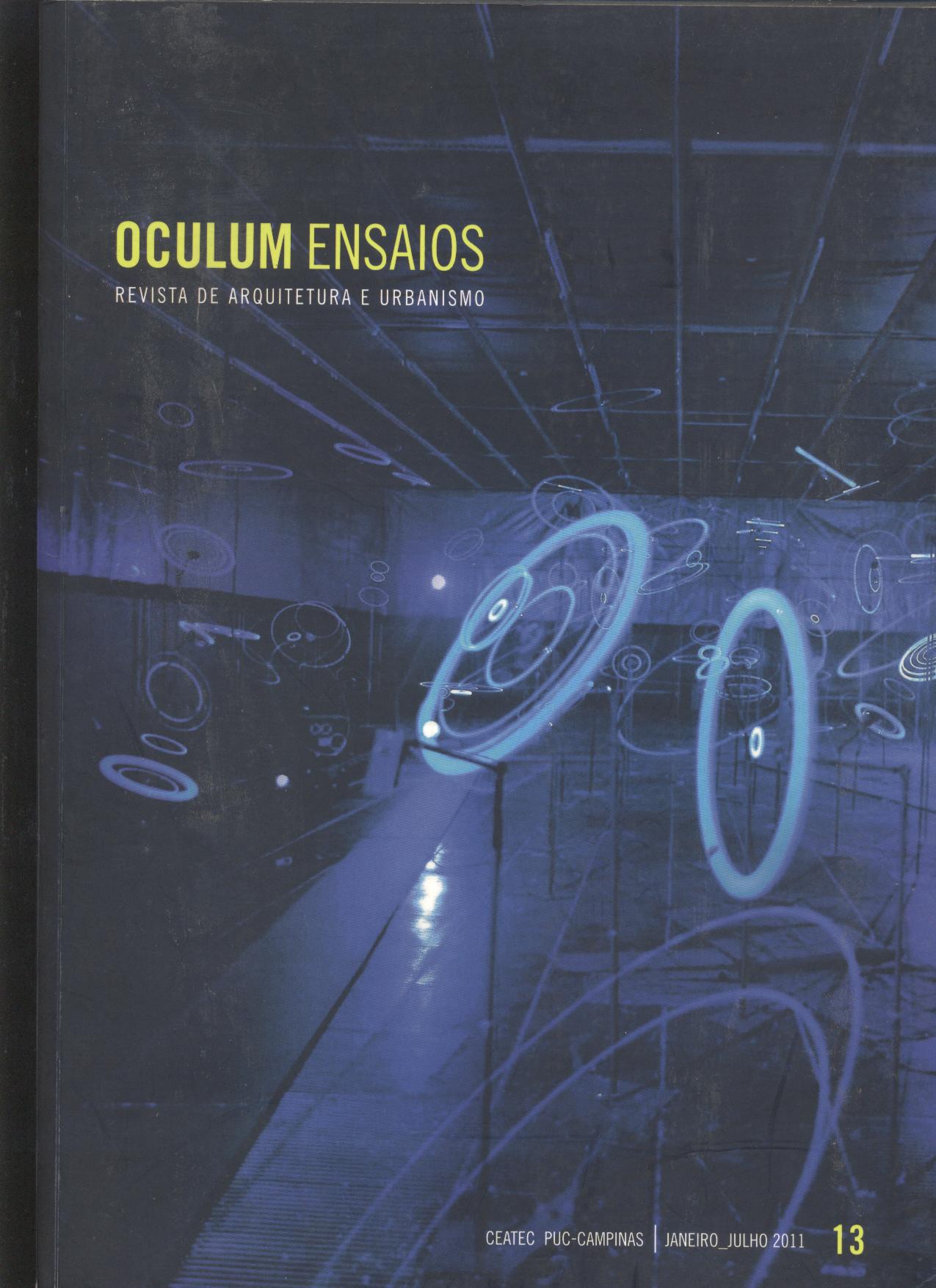LIVING PLAN PILOT: 50 YEARS – BETWEEN THE DESIGN PRIORITIES AND THOSE APPRECIATED BY INHABITANTS
DOI:
https://doi.org/10.24220/2318-0919v0n13a141Keywords:
Social interaction, Superblock, Neighborhood unitAbstract
As Lúcio Costa says, superblocks are the “root” of the Pilot Plan of Brasilia. The aggregation of two pairs of contiguous superblocks defines a neighborhood unit. The existence of different functional programs identifies the scale of “neighborhood”. Although this naming is not part of the local
vocabulary, it defines a perimeter of accessibility to facilities, commercial places and services located nearby. The spaces that support the social encounters between the residential population were “created” by Lúcio. The inspiration comes, initially, from the colonial city of Diamantina, passing through the study of “luso” traditions which the architect held in Portugal. 50 years after
the inauguration of the capital, the paper takes a look at the Lúcio Costa’s priorities defined in the urban plan and the priorities pointed out by those who inhabit the “wings” of the Pilot Plan.
Downloads
References
BRASIL. Decreto nº 30.303, de 27 de abril de 2009.
Diário Oficial do Distrito Federal, 28 abr. 2009.
CAIRO, C.; PESSÔA, J. “Diamantina, MG” In: PESSÔA, J.; PICCINATO, G. (Org.) Atlas de centros históricos do
Brasil. Rio de Janeiro: Casa da Palavra, 2007.
COSTA, L. Registro de uma vivência. 2.ed. São Paulo: Empresa das Artes, 1997.
COSTA, M.E. Com a palavra Lúcio Costa. Rio de Janeiro: Aeroplano, 2001.
RAMOS, T.B. Os espaços do habitar moderno: evolução e significados. Os casos português e brasileiro. Lisboa: Fundação Calouste Gulbenkian, 2006.
RAMOS, T.B. Superquadra: vida suspensa. Arquitextos n.112. Texto Especial 552. 2009. Disponível em:
<http://www.vitruvius.com.br/arquitextos/arq000/esp522.asp>. Acesso em: 20 set. 2009.
REIS FILHO, N. G. Contribuição ao estudo da evolução urbana do Brasil, 1500-1720. São Paulo: PINI, 1994.













